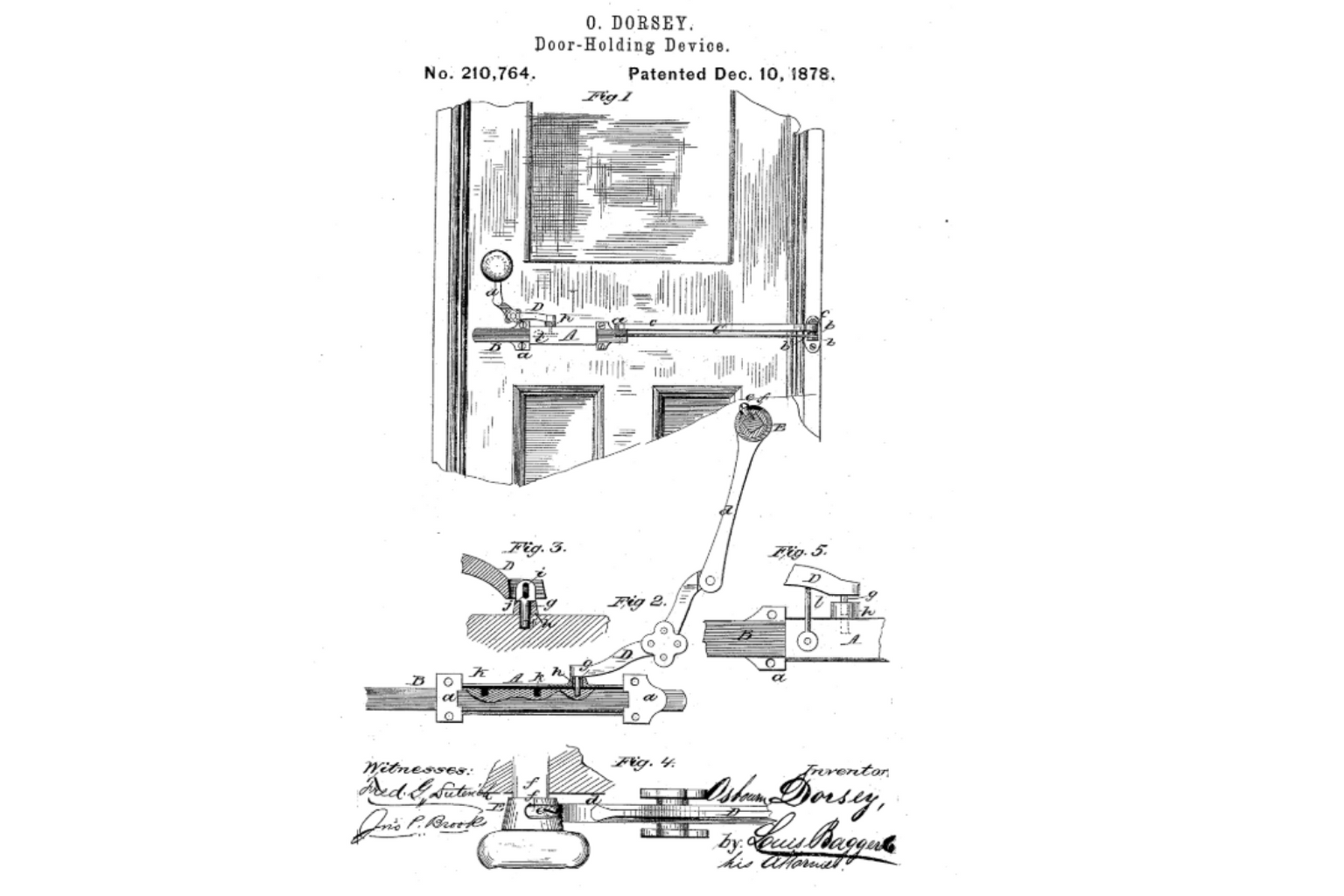Architecture is among the most imposing and ubiquitous forms of art. It’s impossible to avoid getting in contact with physical structures, which are often designed to appeal to multiple senses. However, despite being surrounded by buildings and living in them, how often do we touch architecture?
Throughout centuries, a modest detail of the architectural design has been one of the few elements of the buildings created with the sole purpose of touching: The doorknob. As the unique haptic bridge between buildings and humans, doorknobs might be underdocumented elements of design. However, they have a history as deep as houses, thus, doors.
Ancient Beginnings (4,000 BC)
As long as doors existed, so did a form of doorknobs, even though they weren’t always sophisticated. First keys originated in Ancient Egypt and Babylon some 6,000 years ago as simple, wooden devices. Thus, ancient doors had a small hole in the door that functioned as a doorknob. To use it, people had to insert a leather thong or piece of string or cord and loop it around the bar.
Throughout Ancient and Medieval times, there was limited innovation in keys and door hardware. Even though palaces or noble households had handmade glass or iron forms of doorknobs, locked homes were a luxury few could afford.
For instance, in some countries like the UK or Denmark, a chamberlain was responsible for safeguarding noble households’ dwellings and valuables as locks and doors used to be heavy and cumbersome.
1848: Patenting the Modern Doorknob
Following the industrial revolution, manufacturing rose, and households started getting wealthier. This not only accelerated the demand for personal safety but also paved the way for modern doorknobs to be manufactured for masses.
In 1848, a 16-year-old African-American inventor named Osbourn Dorsey developed the patent for the first modern doorknob as we know today and the doorstoppers.

In the application he submitted to the United States Patent Office, he described his invention: “Devices for holding wings open; Devices for limiting opening of wings or for holding wings open by a movable member extending between frame and wing; Braking devices, stops or buffers, combined therewith by mechanical means with a movable bar or equivalent member extending between frame and wing consisting of a single rod pivoted at one end, and with the other end running along a guide member with braking, clamping or securing means at the connection to the guide member.”
20th Century and Beyond: Future of Doorknobs
While Dorsey’s invention wasn’t the first doorknob, it was the first documented patent fit for manufacturing. The invention quickly spread across the industrialized world — and the world of access never looked the same.
Through different shapes, materials, or colors, architects and designers express a building’s statement and character using doorknobs. Thoughtful details, like Bauhaus or Rococo style doorknobs, not only complement the design but also capture the cultural zeitgeist. However, parallel to the evolving digital technologies, access systems are becoming increasingly complex and sophisticated. In some cases, like revolving doors or hands-free entrances, the doorknobs are already moot.
Nevertheless, no matter what direction they evolve in the future, there’s no doubt that the way people enter a building will always tell the historians of our future a great deal about our cultures and societies.






